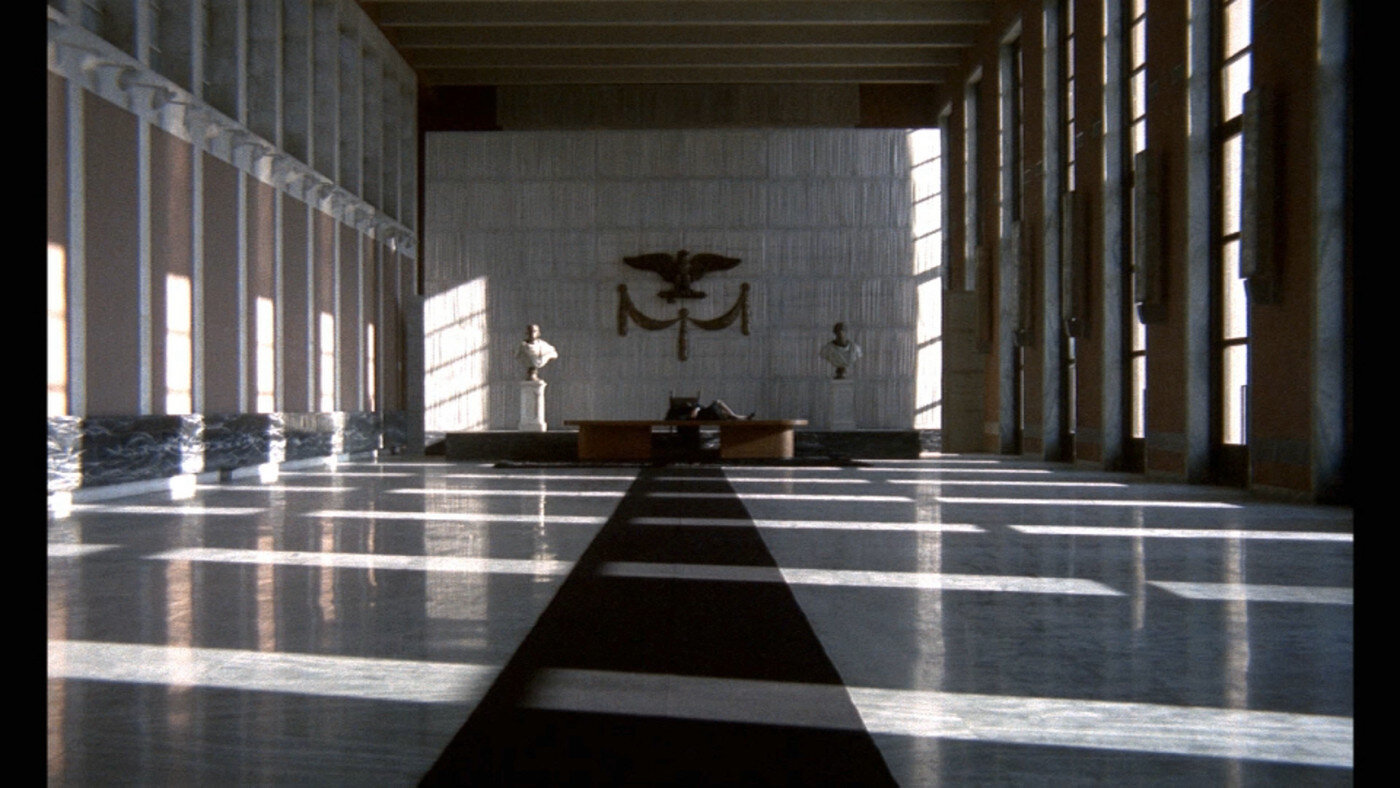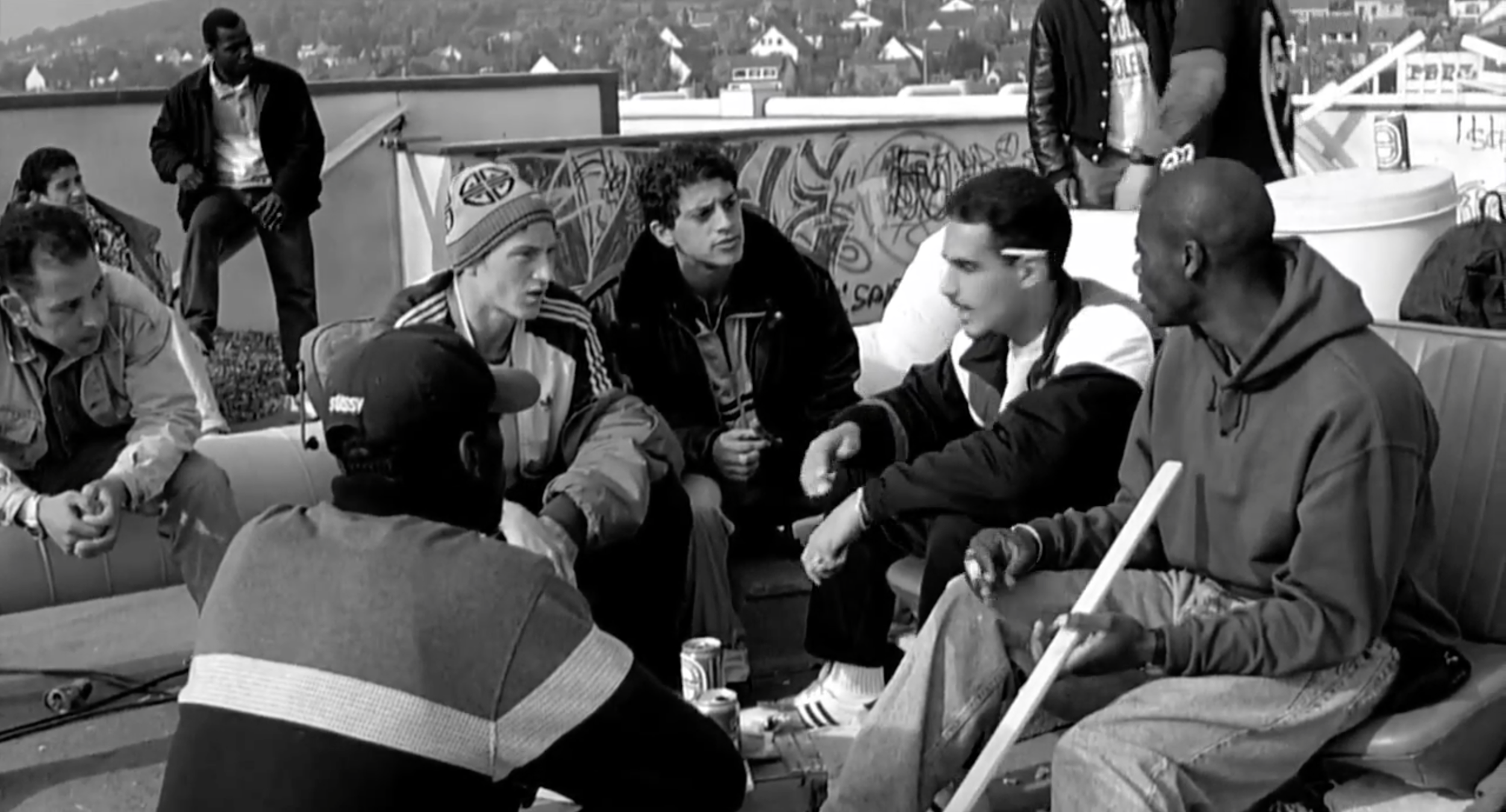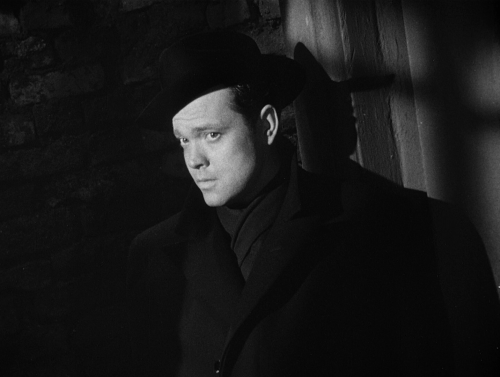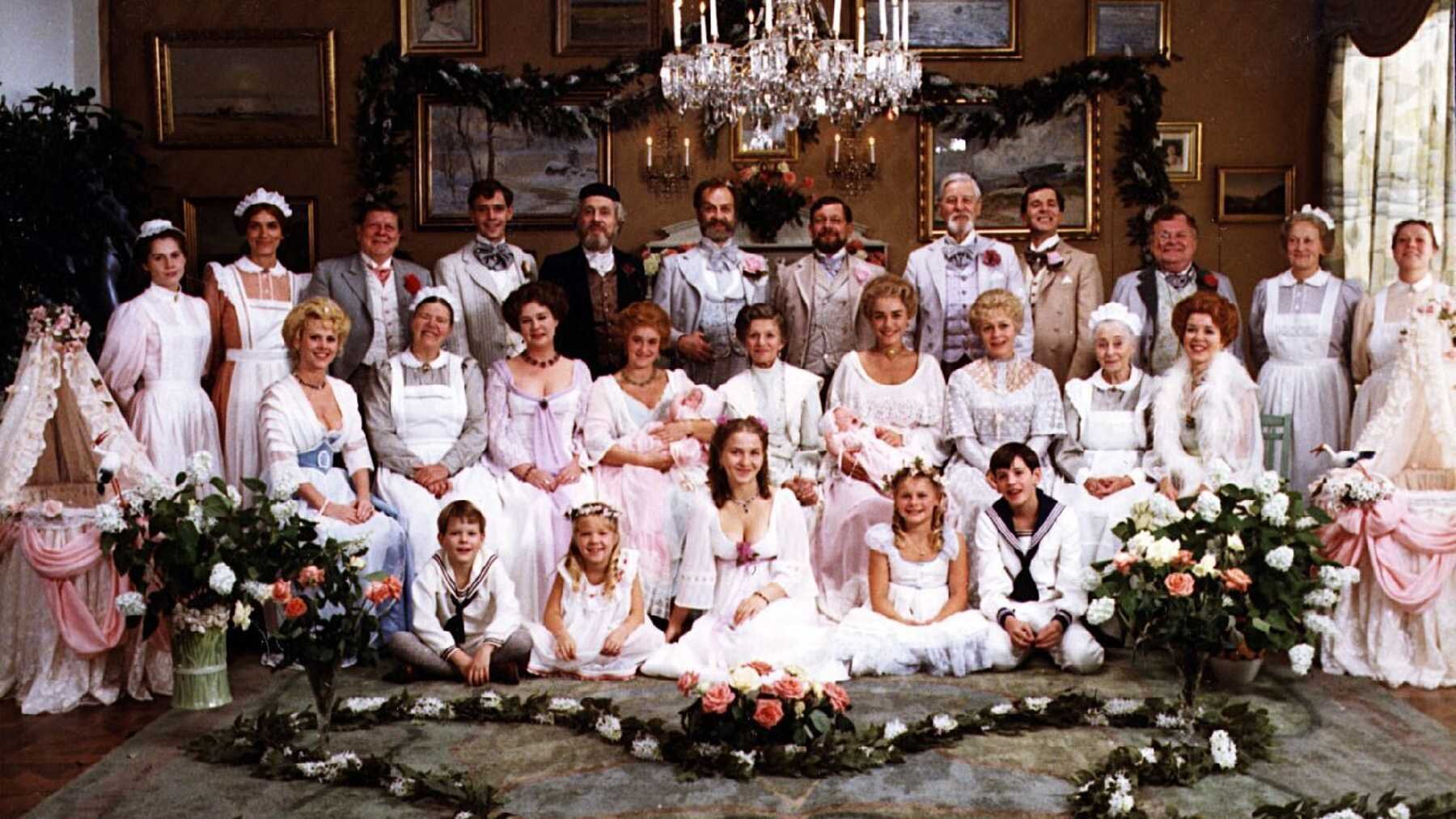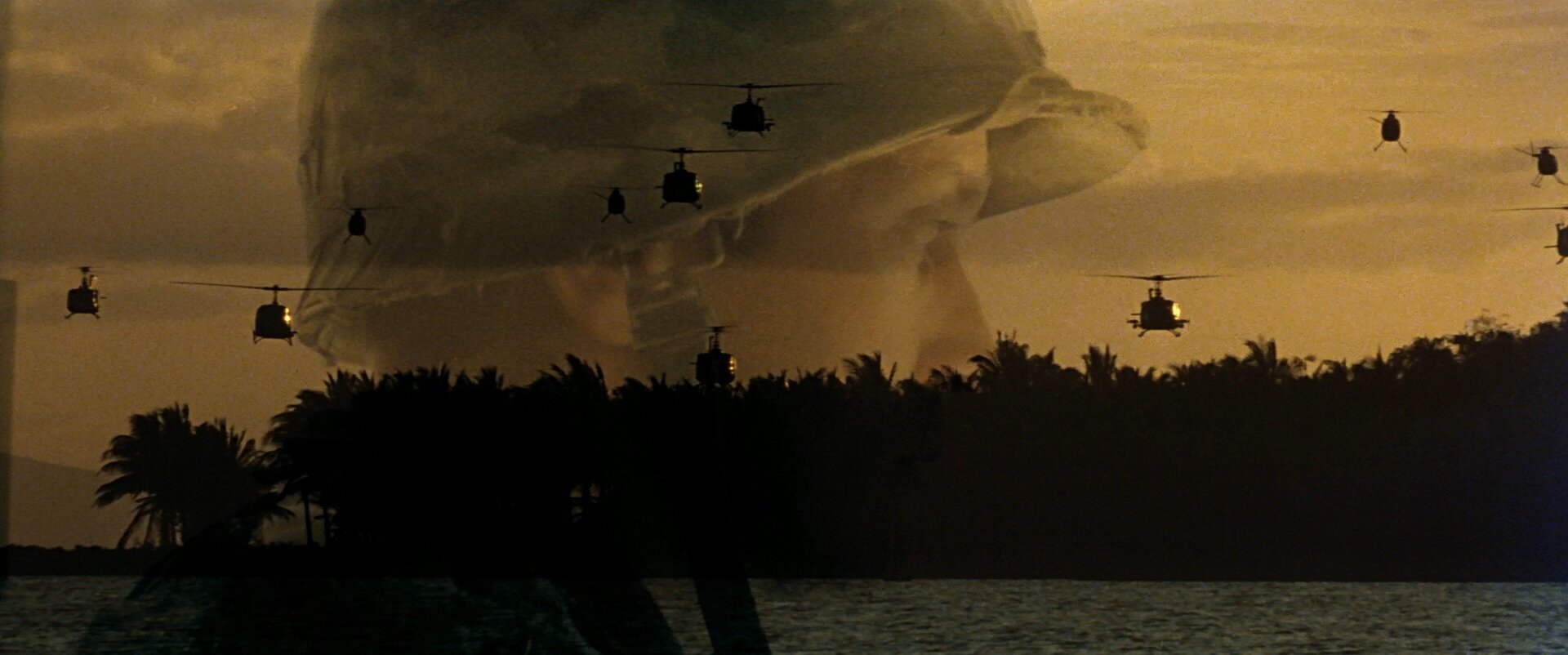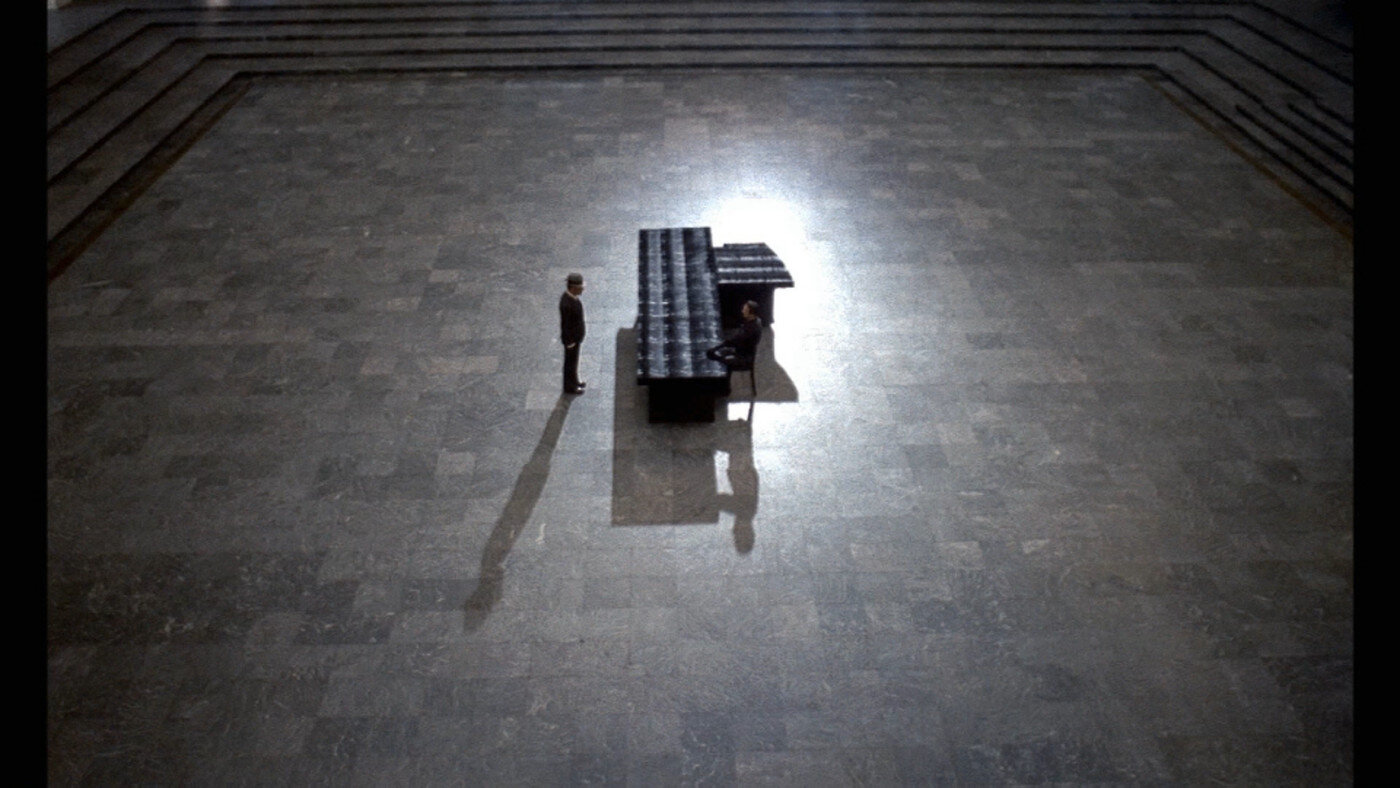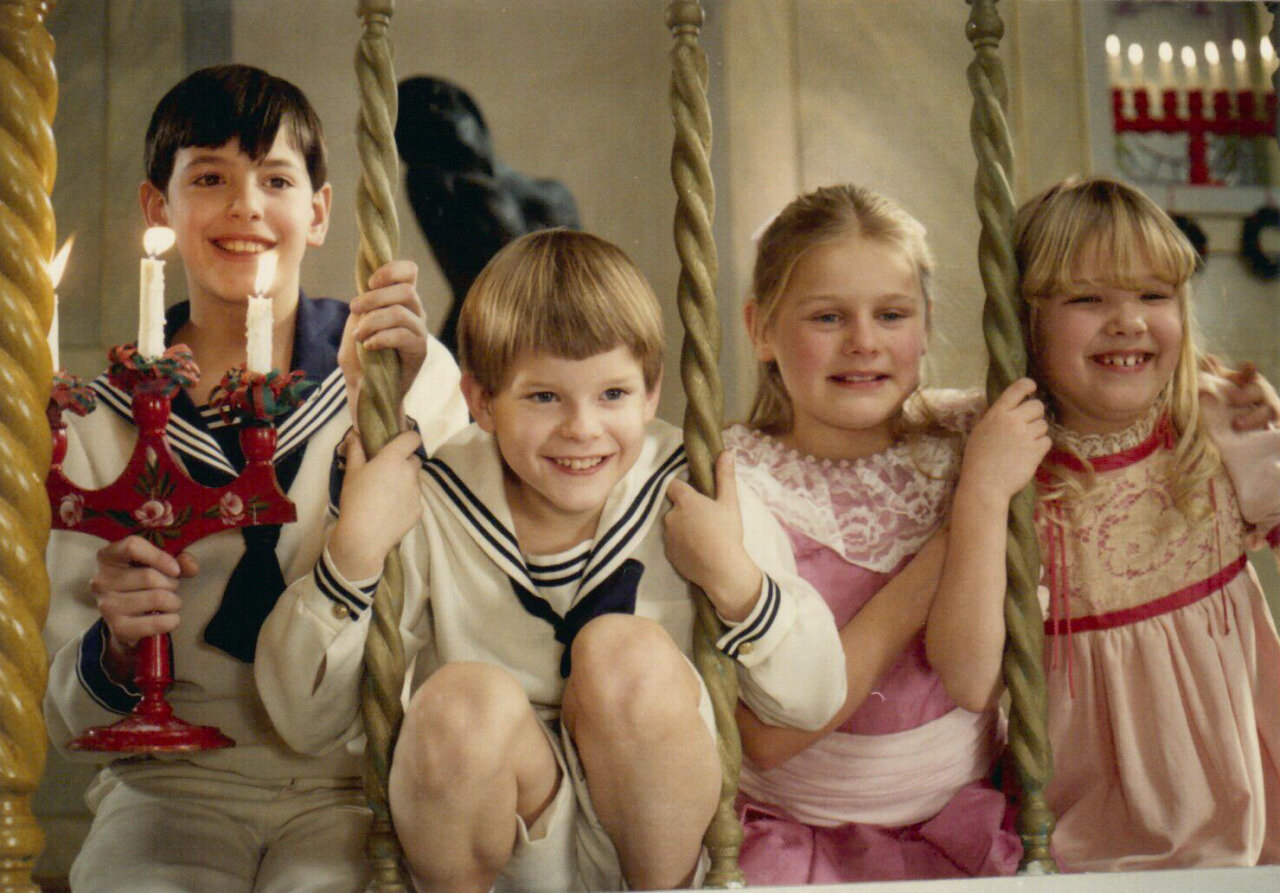While reeling from personal trauma, Chaplin came up with the concept for a new film: a comedy that would have something to do with a blind flower vendor and the Tramp. After much deliberation Chaplin decided on a silent film, a romantic comedy in pantomime; but, if he was going to stay relevant, if he was going to be successful commercially & critically, if he was going to make a film in pure images at a time when the public opted for dialogue, the film would have to be perfect. As Chaplin put it in his autobiography, “I’d worked myself into a neurotic state of wanting perfection.” Perfection was no simple task, even for a master filmmaker like Chaplin. He was in for the most difficult, tiring, and testing production of his life. The shoot alone lasted 683 days (a typical shoot being 50), had 4,571 takes, amassing 58 hours of film for an 87 minute final product (39 feet shot for each foot used), all the while being the most expensive film shot that year. Nervous all through shooting because of the film's lack of sound, he experienced tortured creative blocks, labored over set pieces, and was constantly reworking old ideas in a search for inspiration. Like clockwork he rehearsed and rehearsed his scenes on set with the cast and crew, believing that only through complete understanding of the material could inspiration strike. His creative process was one of accumulation and elimination, thinking up as many ideas as he could, good or bad, until he considered one worth rehearsing, and, if it proved to be compelling enough, worth shooting. The results were perfectly crafted scenes that each tell a complete story while avoiding unnecessary camera tricks and tacky effects in favor of comically poignant pantomime and visual movement. In a late 1950's interview conducted by Jean Luc Godard, Jean Renoir observed, “all Chaplin’s films were shot on this principle. They are divided into sequences, each one being a complete story [...] and the important, the essential thing is that the development of a scene must not be artificial.” The critic Alistair Cooke wrote, the film, despite all the struggles of its production, “flows as easily as water over pebbles.”
Note, early in the film, about five minutes in, his encounter with the female statue figure in the shop window. Here is the quintessential Chaplin woman, to be idealized, placed on a pedestal, worshipped. A sidewalk freight elevator is moving constantly up and down in the background as Chaplin eyes the statue; its arrival at pavement level is in perfect sync with the moment Chaplin steps backwards onto it. The scene plays adroitly and is one of the best visual gags in the film, all thanks to rigorous dedication to the choreography’s composition and execution. Another spectacular feat of choreography comes near the end, the tenth scene of the film: the boxing match. In the scene, Chaplin attempts to win money for his love, the Blind Girl, by competing in a winner take all boxing match. Originally agreeing to go 50-50 and remain unharmed with his sparring partner, a sudden change of plans lands him in the ring with a heavyweight who wants to play winner take all; a real David and Goliath situation. This scene is incredibly complex, almost a ballet, and again the product of meticulous rehearsal. Chaplin believed the more one rehearsed and knew the choreography, the greater the likelihood that inspiration would come. Eleven days were spent rehearsing, and 6 days spent shooting the fight which would only last about 4 minutes in the final film. The bell dings and the fight begins, the Tramp immediately maneuvers the referee in between himself and the fighter. The great visual joke of the scene being that the Tramp shadows the referee, avoiding direct contact with his opponent. Like expertly puppeteered marionettes, the three—the referee, the heavyweight, and the Tramp—move in precise synchrony. The music in the sequence is nominal and understated, to make room for the contagious laughter destined to infect any audience watching the scene. Chaplin told a reporter after the London premier, “the whole thing is like a symphony in which the audience is as important as the screen.”
The sequence of the film that gave Chaplin the most difficulty—the most trouble throughout his entire career in fact—is much earlier in the film; 7 minutes in. It is the now famous scene of the Tramp meeting the blind girl, played by Virginia Cherill, and her mistaking him for a millionaire. It was a difficult moment to capture and explain visually, but Chaplin was able to do it, revisiting the scene 6 seperate times during production and finally getting it right near the end. The choreography had to remain simple while solving the dilemma of how a blind girl could reasonably mistake the penniless little fellow for a rich socialite. The scene in the finished film plays effortlessly. Having made his way through a taxi and shut the door behind him, he notices the Woman holding out a flower for him. Accidentally knocking the flower out of her hand, The Tramp then picks it up, but as the Woman continues to search, he realizes: she is blind. He then makes a simple gesture, holding the flower in front of her eyes; “It is completely dancing,” said Chaplin. “It took a long time. We took this day after day. Week after Week.” As the Tramp moves away, a rich man gets into the taxi and drives off as the Blind Girl says “wait for your change sir.” Realizing the illusion she's under, and not wanting to ruin it, The Tramp departs, but not before being doused with a pale of water. The music swells and splices at the perfect moments as the camera stays unobtrusive and deceptively observant; allowing us to forget it’s there at all as we watch Chaplin elevate pantomime to the polished, ingenious form it takes here. The scene holds the Guiness Book of World Records title for most takes, requiring over 300, but it was not in vain. Chaplin historian Jeffrey Vance notes, “it's one stroke of genius to conjure up the idea, but Chaplin was doubly blessed with the ability to execute it to perfection.”
Chaplin’s process is fascinating, and his work is highly complex. Anyone can tell you about Chaplin’s idiosyncratic technique, but the film's real impact is rooted in the genius of Chaplin’s approach. Execution is one thing—but the “why” behind his maddening quest for perfection illuminates why this film has the effect it does on the audience. One method of deciphering Chaplin’s approach is through analysis of his visual style. His camera, acting, & choreography are all ostensibly in pursuit of realism. The films he makes are character oriented, preferring close ups, aiming to make the viewer oblivious to the camera and aware of the character’s psychology. There is complete devotion to mise-en-scene—everything being seen through the lens—from the lighting, the sets, the performances, and, most importantly for Chaplin, the choreography; even the most minute detail is essential. From this it can be inferred the realistic approach is how he achieved the film's power. Another clue that Chaplin approached film through realism can be gleaned by examining the direction his films had taken since the 30s, which made him prime for observation by realist critics. As film historian and professor Timothy J. Lyons notes in his “Introduction to the Literature on Chaplin”: “City Lights (1931), Modern Times (1936), and finally The Great Dictator (1940), at the end of the decade, addressed themselves directly—if, at times, Romantically—to problems in the social environment.” This was true; The Depression, technicism, and the threat of war all played a role in this period of Chaplin’s work. These social questions manifest prominently in the Tramp, whose foibles at times assert and sympathize with the ideals of the era; borrowing screenwriter and film critic Cesare Zavattini's description of the Neo-Realist aim, the Tramp serves to, “tell the audience that they are the true protagonists of life.”
However realistically the film seems to be made, the reality Chaplin presents is not reality at all: it is a romantic, choreographed dream. Chaplin’s “reality” is as carefully constructed as a still life by Cezanne. Realism in fact was not the approach. Chaplin himself viewed realism as prosaic and dull, “It is not reality that matters in film”, said Chaplin, “but what the imagination can make of it.” While, on the surface Chaplin eliminates the camera and embraces unconditional mise en scene to make the film real; this, and his elaborate rehearsal and choreography are manifestations of his endless search for the sentimental. Chaplin, in City Lights, strived for a deeper unconscious truth, the spark that lights effervescence, the immaterial gunk that constitutes inspiration. He was searching for sincerity: “the deeper the truth in a creative work, the longer it will live.” His interest in the romantic notion of a profound genuineness seems to have stemmed from his interest and appreciation of essayist and critic of the 19th century, William Hazlitt, who believed that sentiment was more appealing than intellect and also the greater contribution to a work of art. Chaplin took this to heart, and his films were often lyrically romantic because of it. Some of the most rich and dynamic sequences in the film—him meeting the Blind Girl, the dance party sequence with the millionaire, the boxing match, the escape from the millionaire’s mansion, and of course the ending—focus more on the spiritual than the intellectual. This also sheds light on Chaplin’s motivation to make another silent film. “Dialogue”, Chaplin said, “just gets in the way.” The “intellectual” was dialogue, realism. The “sentimental” was pantomime and the dreamy world of silent film. Luckily for us, he stuck to his beliefs.


